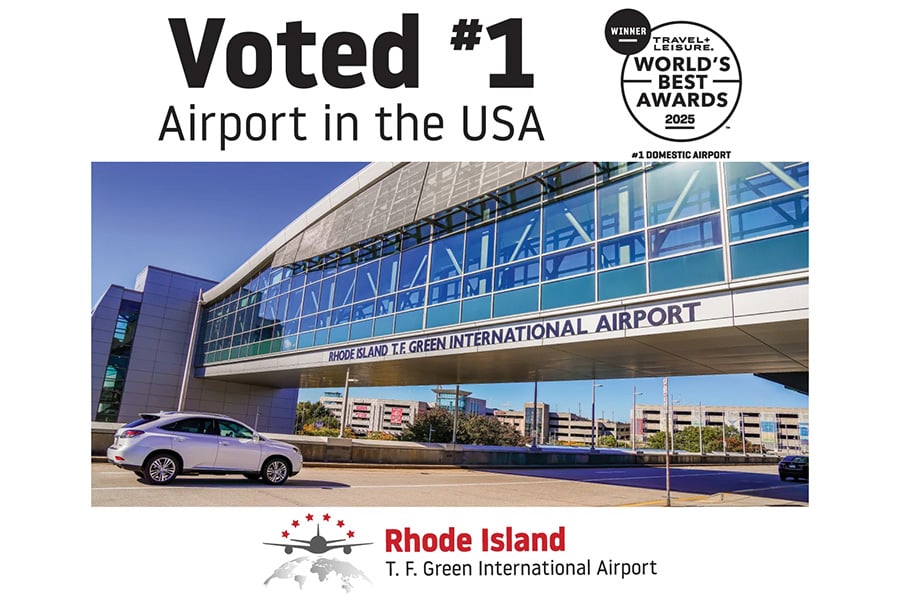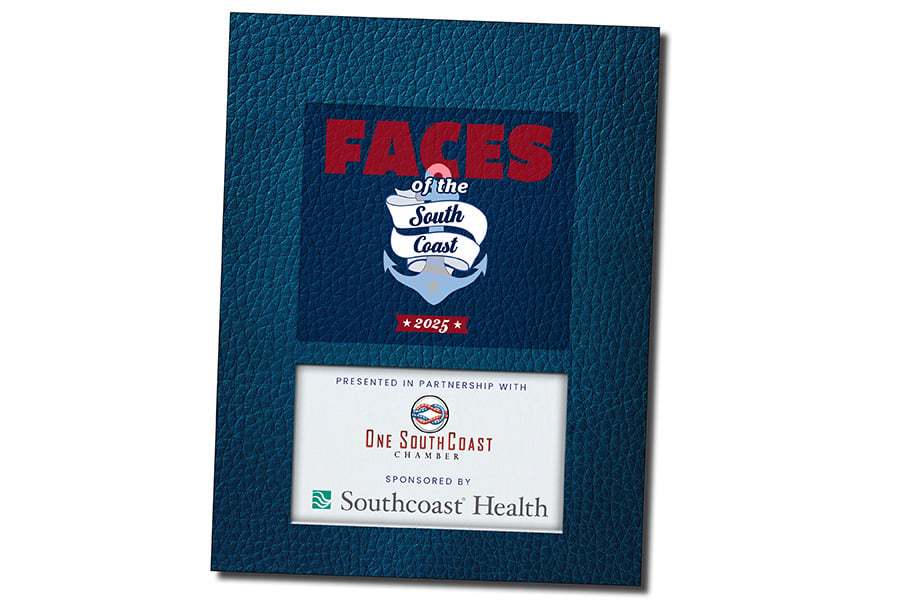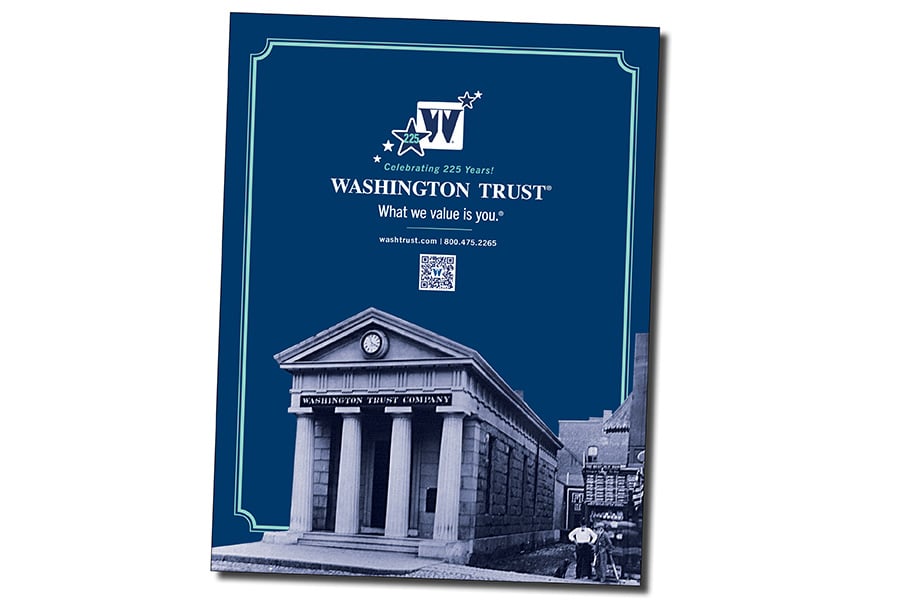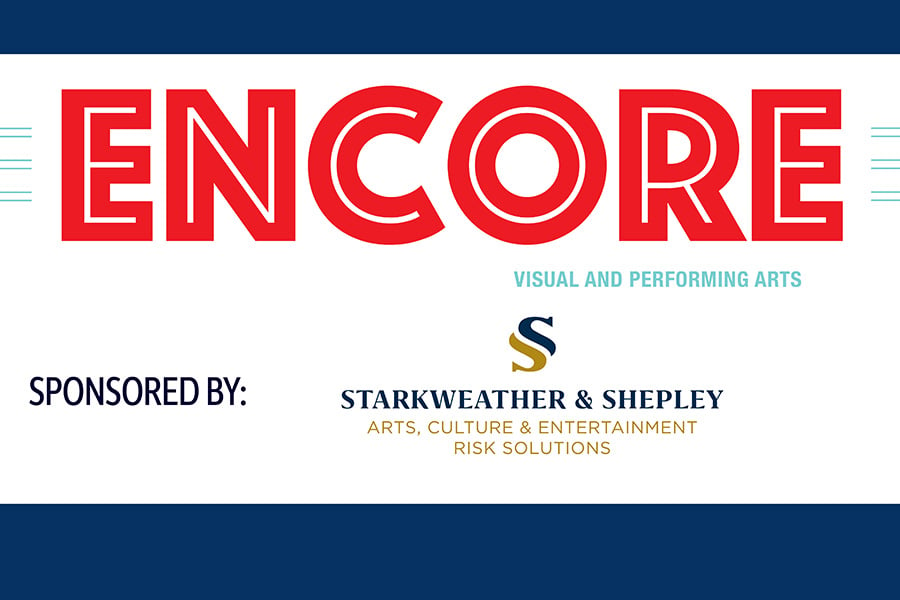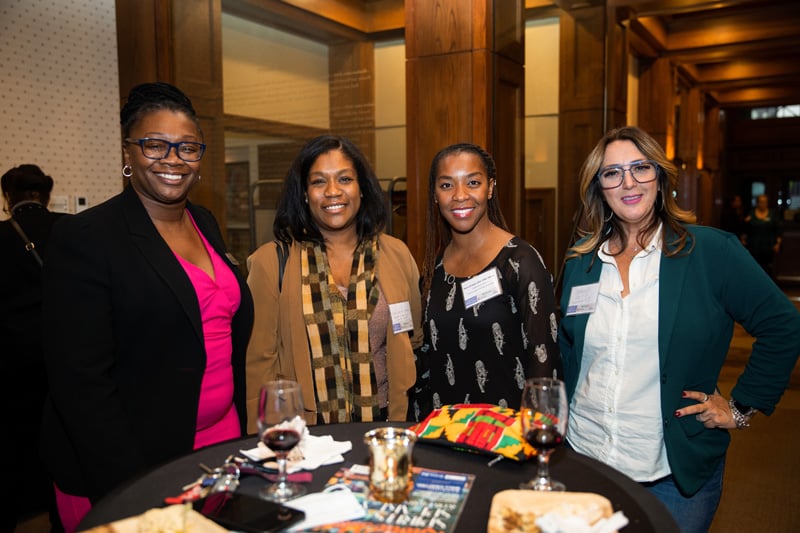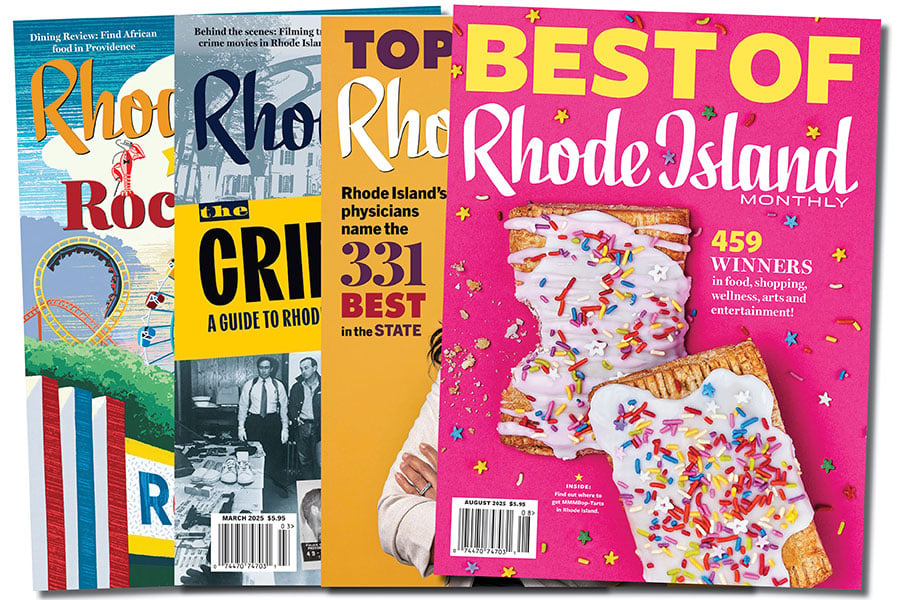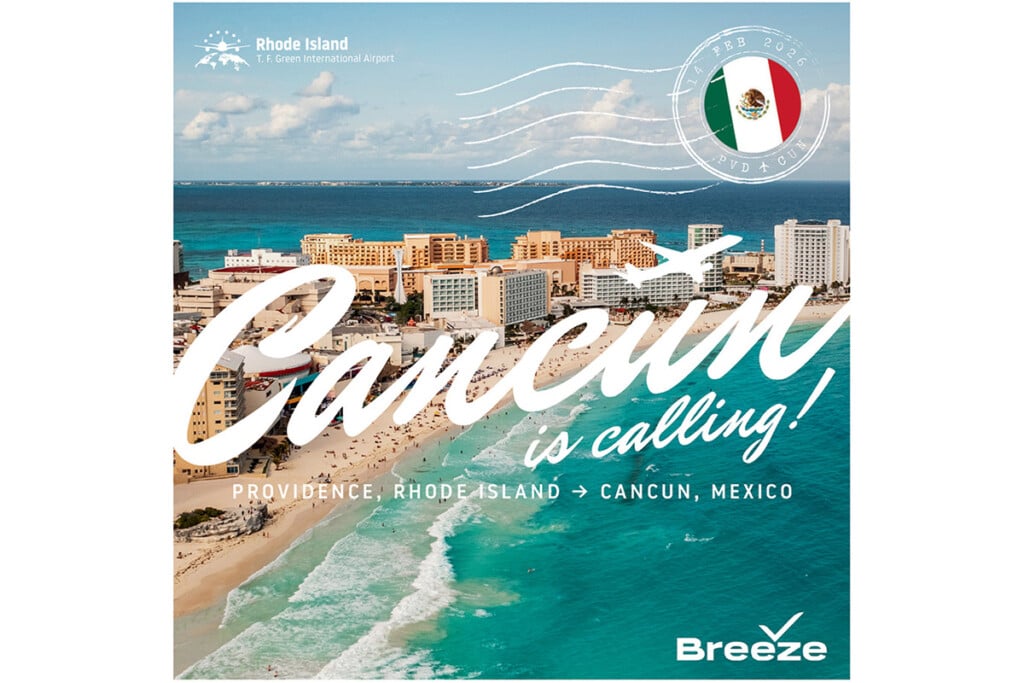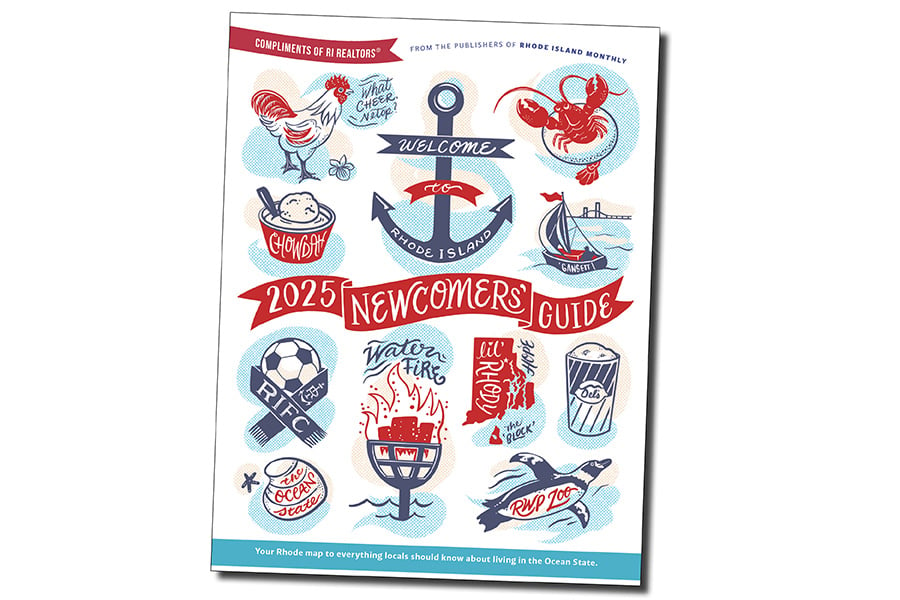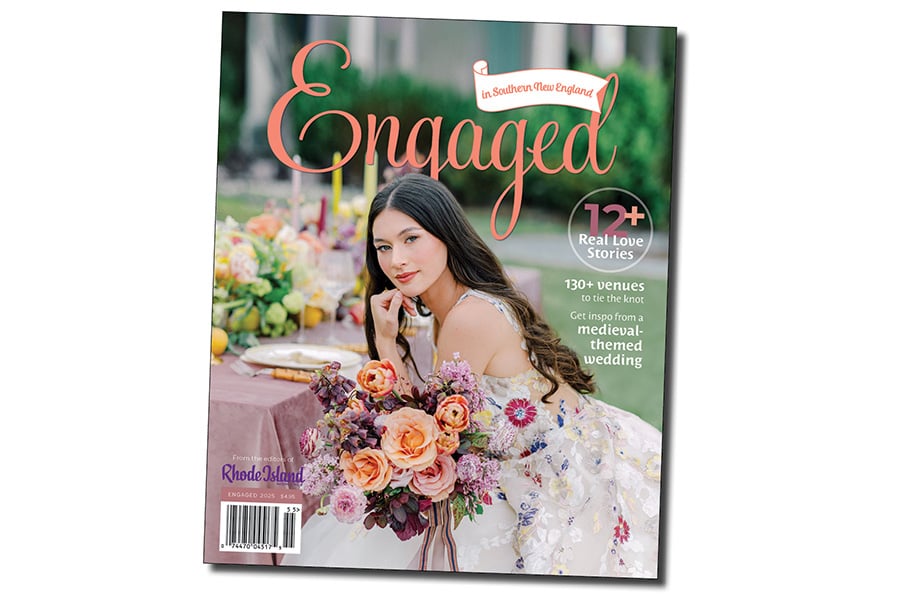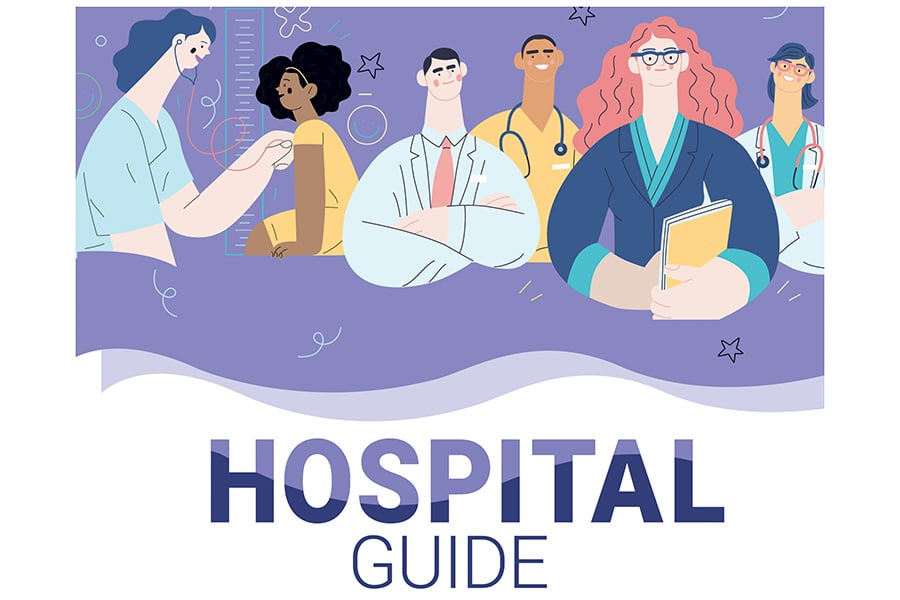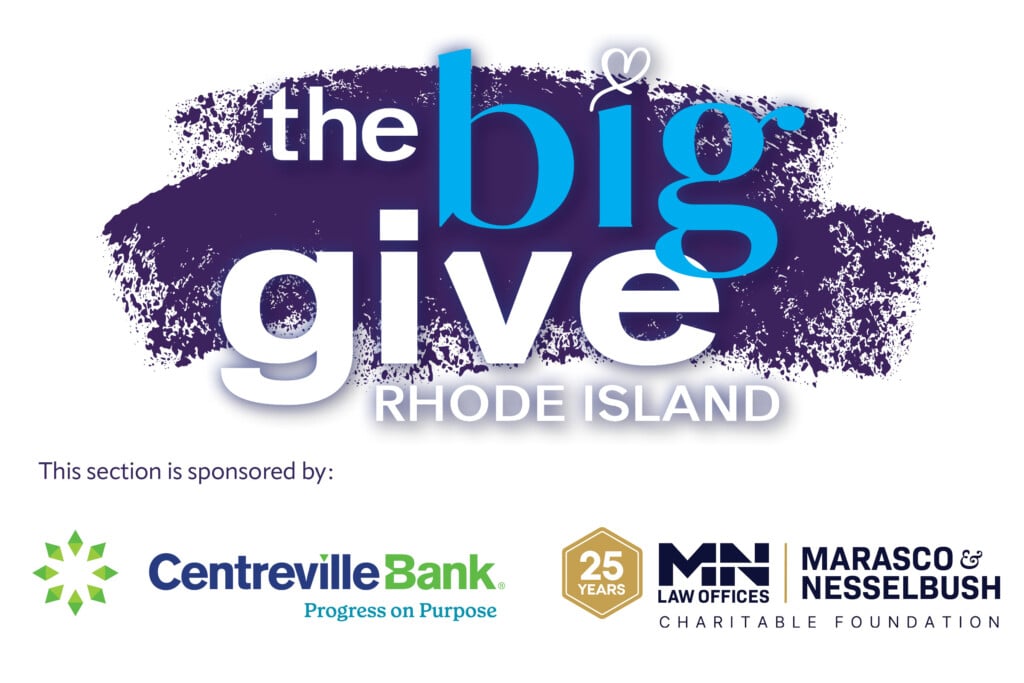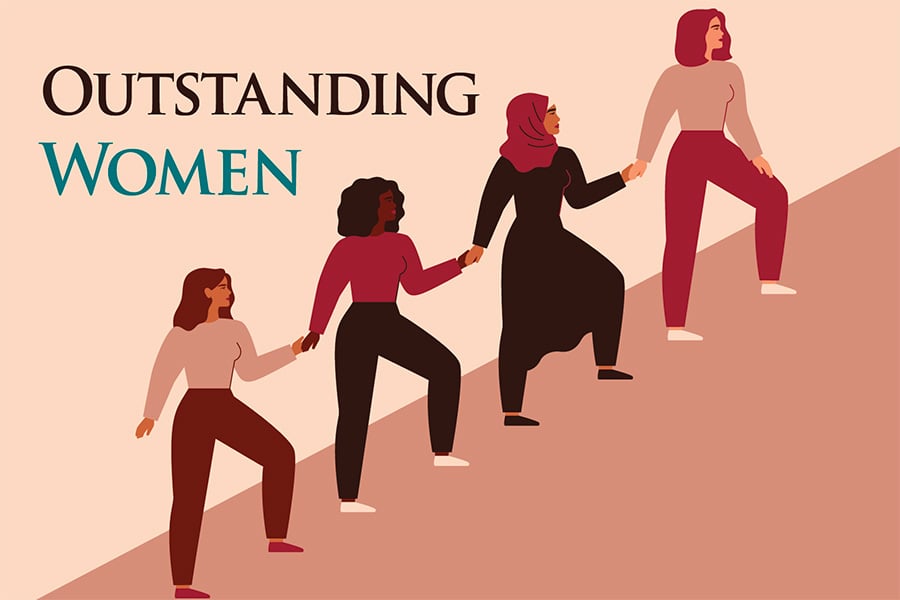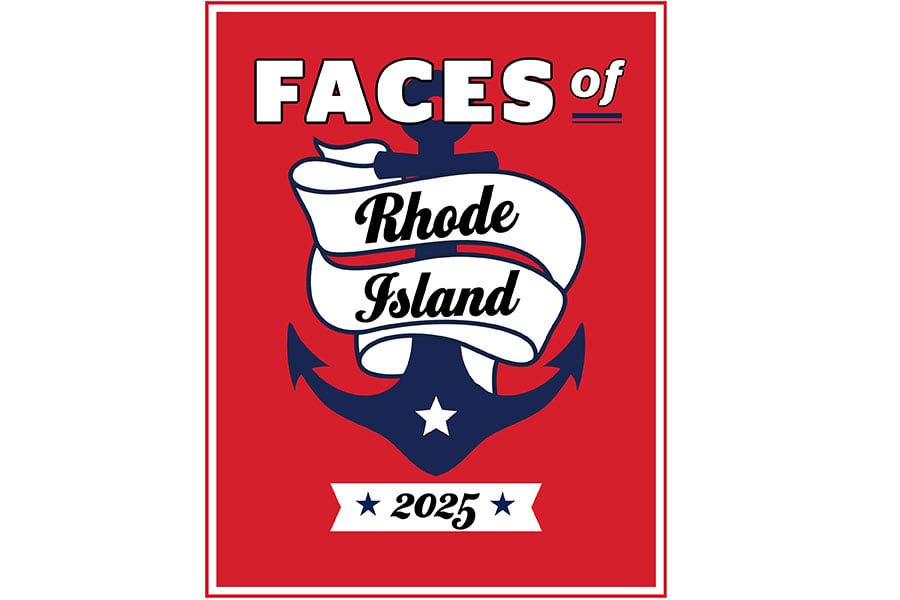The Art Buyer’s Guide to Rhode Island
Read on to discover your new favorite artist, gallery or curator, as well as expert tips on framing, etiquette and collecting.

Illustration by Allison Cole
Art is the Word
Brush up on these art world terms before you hit the gallery.
Emerging artist: An artist in the early stage of his or her career who has not yet developed a strong following.
Mid-career artist: An artist with a sizeable portfolio of work who, in addition to solo exhibitions at regional galleries, has shown in major museums.
Established artist: A mature artist who has created a wealth of work that contributes to his or her medium in a major way. Established artists are often internationally known, and the value of their art is steady or rising.
Outsider artist: An artist without formal ties to the art establishment (think: universities or museums). The term also applies to artists with emotional or developmental disabilities.
Price list: A list with prices of work for sale in a gallery setting, often placed by the entryway.
Commission: A formal request for the creation of a new work of art. Also: A gallery’s cut in the sale of artwork. Most gallery commissions range from 30 percent to 50 percent.
Commercial gallery: A gallery that sells artwork for profit. The commission tends to be higher and the artists are usually mid-career.
Stable: A group of artists who are represented by a commercial gallery and regularly show there.
Nonprofit gallery: A gallery that is supported by grants and endowments, not the sale of artwork. Nonprofit galleries typically show the work of emerging artists, and their commission is lower than commercial galleries.
Co-op: A gallery that is run by a collective of artists, who pay membership dues to participate in gallery exhibitions and events.
Gallery studio: A studio setting where an artist makes his or her art and displays it for sale.
Museum: Unlike most galleries, museums have permanent holdings. Museums do not publicly sell artwork and are supported by grants, endowments and admission costs.
–C.N.
Tales from the Trade

Courtesy of the artist.
Bob Dilworth, painter
First buy: The first work of art I acquired, and what perhaps sparked a lifelong interest in collecting, is a life-size bronze head of an African-American woman by Chicago artist Rene Townsend (1952–1998).
I started graduate school at the School of the Institute of Art in Chicago in 1975, and although I had plans to return to the East Coast to continue my studies with Grace Hartigan at the Maryland Institute College of Art for the second year, I ended up staying in Chicago for the next seventeen years.
I knew Rene well. A younger African-American sculptor who had also gone through the graduate program at SIAC, I could see she would contribute a lot one day, not only to the perpetual conversation of reformulating styles, metaphors and expressions of African-American art, but also to the expanded and over-arching conversations about what defines American art.
Because of this piece, I continue to collect today. Mostly African art, because it helps me to understand the complexities of things, but also works that have raw vernacular and improvisational qualities. Rene’s piece remains a prized part of my collection. bobdilworth.com
{ARTSY FACTS} 191,690: The number of individual works of art sold in Rhode Island in tax year 2015. $12,253,384: The total art sales in tax year 2015. 18,000: The number of arts-related workers in the state. $1 billion: The total compensation that Rhode Island arts professionals earned in 2014. 1.13: The share of the local workforce that’s made up of arts workers; Rhode Island has the highest per-capita share of arts workers in New England, and the sixth highest in the nation. 20%: How much Rhode Island’s arts and cultural employment shrank between 2008 and 2014 — the sharpest decline in the nation. Sources: arts.ri.gov; arts.gov


